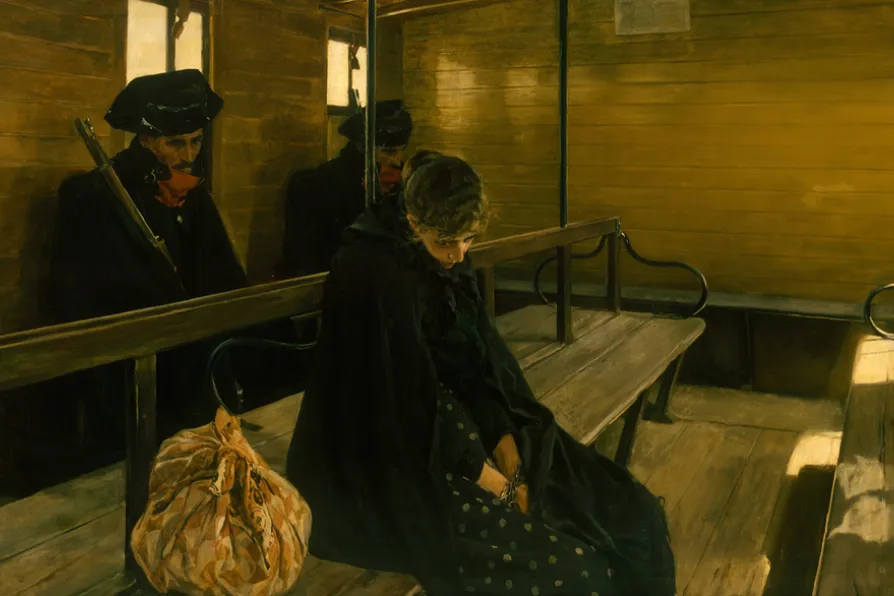RICHARD MURGATROYD enjoys a readable account of the life and meditations of one of the few Roman emperors with a good reputation
Sorolla: Spanish Master of Light, National Gallery, London
There are some luminous treasures in an exhibition of work by the leading Spanish impressionist


JOAQUIN SOROLLA Y BASTIDA was born in 1863 in Valencia at a turbulent time in Spanish history, when civil wars were raging.
The country’s first republic was briefly established in 1873 and the political and intellectual ferment continued and intensified with the emergence of the “Generation 98” of novelists, poets, essayists and philosophers.
Among its most prominent figures were writers Miguel de Unamuno, who Sorolla painted in 1912, Ramon del Valle-Inclan, Pio Baroja and the poet Antonio Machado.
Similar stories

Ben Cowles speaks with IAN ‘TREE’ ROBINSON and ANDY DAVIES, two of the string pullers behind the Manchester Punk Festival, ahead of its 10th year show later this month

CAROLINE FOWLER explains how the slave trade helped establish the ‘golden age’ of Dutch painting and where to find its hidden traces

The Morning Star sorts the good eggs from the rotten scoundrels of the year

Two new releases from Burkina Faso and Niger, one from French-based Afro Latin The Bongo Hop, and rare Mexican bootlegs










